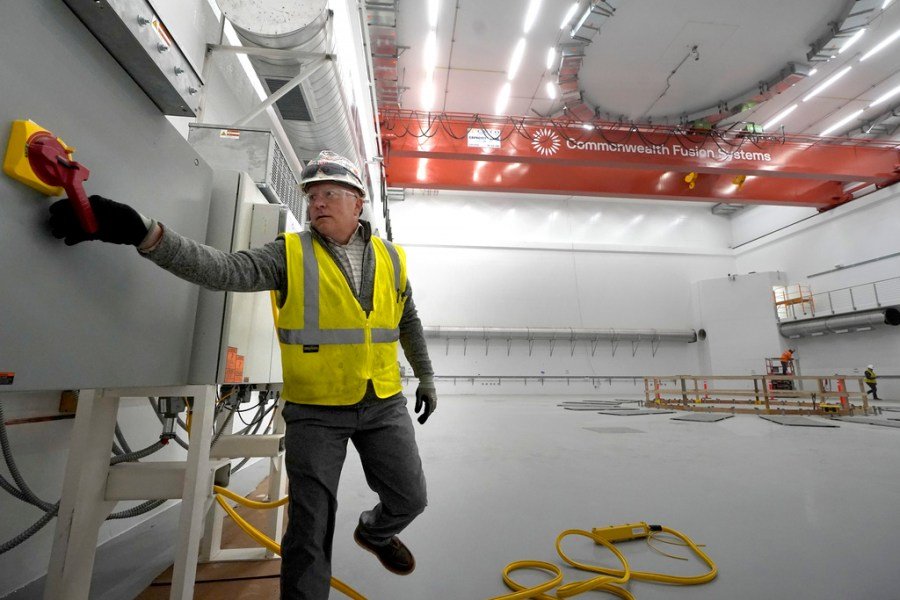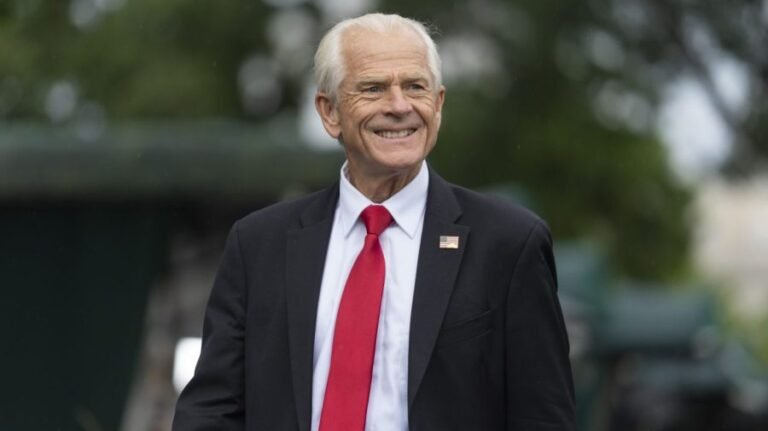
China has just placed a major new national bet on commercializing fusion energy, and now is the time for the U.S. to respond.
Chinese state and industrial leaders are positioning the country to lead the world in innovation. They’re working to replicate the ecosystem of ideas and invention that has made the U.S. so special on the world’s stage, touching billions of lives with core technologies like the automobile and the internet.
Doing so supports China’s own economic development and extends the country’s long-term geopolitical influence, the exact same advantages the innovation ecosystem brought to the U.S. over the last century. The Chinese effort is forward-looking, placing bets on the technologies that will dominate the global economy for generations.
That means funding both for basic research areas like life sciences, materials science, and quantum computing and for applied research in areas like semiconductors, electric vehicles, AI, batteries — and fusion, the last new energy source humanity will need.
This week, China took a major new step down that path of progress with about $2.1 billion in new funding that positions Shanghai-based company China Fusion Energy Co. as the central state-controlled commercialization vehicle for fusion in China. China Fusion Energy Co. links expertise from major universities, industrial powers and state-owned energy companies — several of which are investors in the new company. Their aim — develop a Chinese fusion industry. As one Chinese press report put it, “the national team has arrived.”
This is a direct competitor to the company I co-founded and have been building for the last seven years. Like Commonwealth Fusion Systems, the Chinese effort aims to build a fusion device called a tokamak to generate electricity. Also like Commonwealth, this effort will use high-temperature superconductors, an approach that enables a more compact and therefore competitive power plant. It’s highly validating that our technical approach is very promising, but it also shows that coordinated state action has now fully entered the race for fusion energy.
From afar, it can be hard to understand exactly what China’s blend of government and private efforts is doing. It’s clear, though, they are organized and well resourced. Some of their fusion work is significant enough that you can see the facilities from space. Add China Fusion Energy Co. to the list of signals that China understands the importance of fusion and is moving aggressively to lead the race to develop it.
“This is a clear signal that Beijing is consolidating its fusion efforts into a full-scale, nationally coordinated industrial strategy,” concludes RAND analyst Jimmy Goodrich, who tracks Chinese science and innovation efforts closely.
We’ve seen this movie before. China’s manufacturing might, deep supply chains, workforce development and centrally driven development has let it dominate new industries like solar panels, batteries and electric vehicles. Many of these technologies were invented in the U.S.
In contrast, the U.S. government isn’t keeping up when it comes to fusion. A recent report by the nonpartisan Government Accountability Office found that only about 1 percent of Department of Energy-funded fusion efforts supported commercialization — through the department’s modestly funded Milestone-Based Fusion Development Program. If the U.S. is to compete with other nations in the race to commercialize fusion, the federal government needs to radically improve its commitment to deploying fusion.
We know other ways Congress and the administration could help fusion besides funding the Milestone program to match the ambition of China and other competitors. The Department of Energy Fusion Energy Sciences Advisory Committee in 2020 published a new long-range plan — “Powering the Future: Fusion and Plasmas” — that details the research facilities that could help all fusion energy companies deploy power plants and scale more quickly. But it’s China, not the U.S., that’s building these research test stands and facilities the U.S. fusion industry needs to accelerate fusion’s deployment and rapid scaling.
Energy unlocks prosperity for people, businesses and nations. Whoever controls that energy commands an outsized impact on the world and on the future of everyone who lives on it. Right now Washington is focusing on American energy dominance, powering AI and improving energy security. It’s clear what the government could do to cultivate that instead of its present course that fails to respond to Chinese energy dominance for fusion.
Bob Mumgaard is co-founder and CEO of Commonwealth Fusion Systems.


